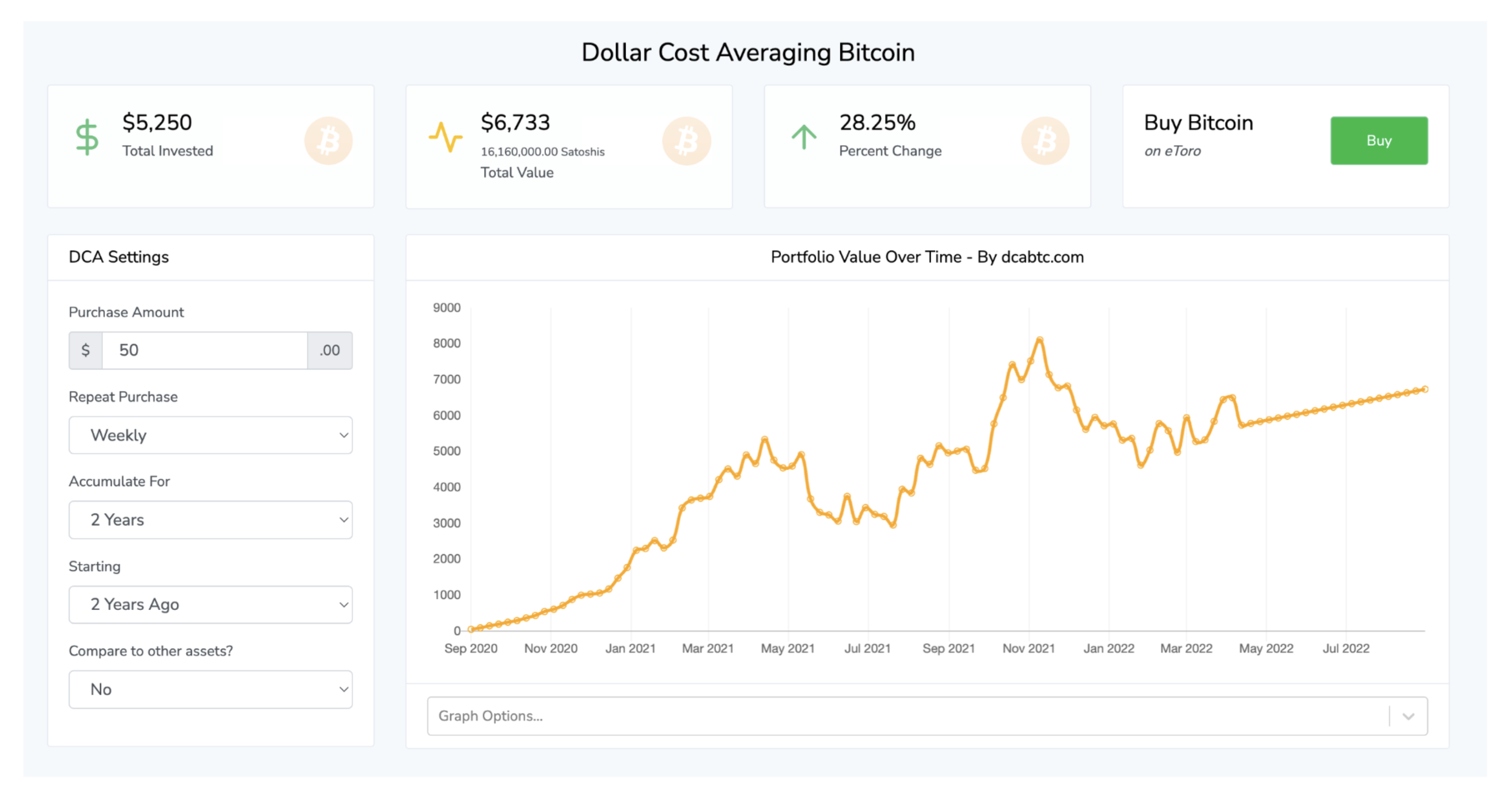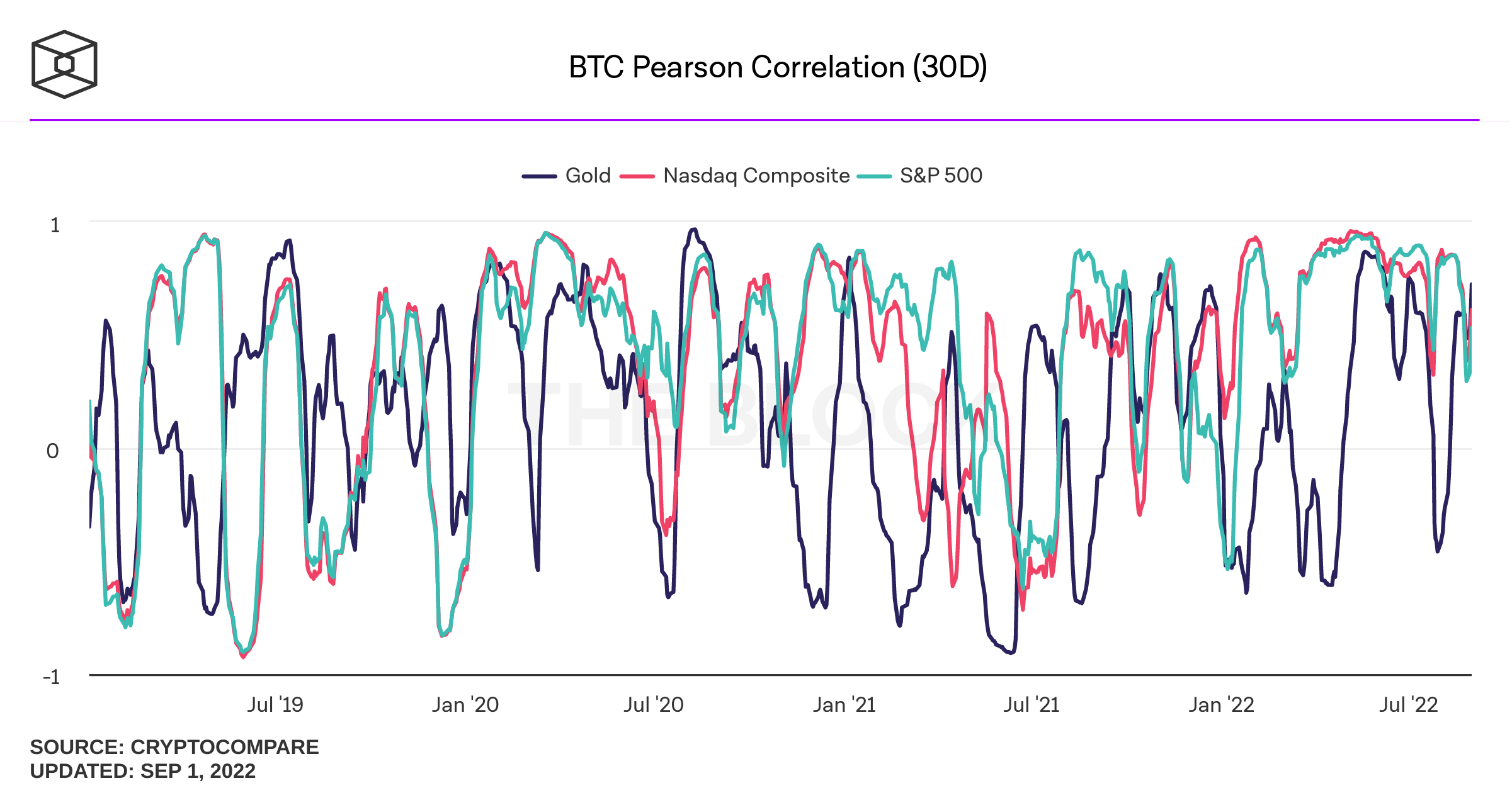MicroStrategy's Significant Bitcoin Impairment Losses May Mislead: Berenberg
Turkish Crypto Exchange Thodex CEO Faruk Özer Sentenced to 11,196 Years in Prison for Collapse
DeFi and Credit Risk
The markets are scary right now, and even though things are likely to get worse, investors don't have to sit back and do nothing. In fact, history has shown that one of the best times to buy Bitcoin (BTC) is when no one is talking about it.
Do you remember the crypto winter of 2018–2020? I do. Almost no one, including the mainstream media, was talking about crypto in a positive or negative way. During this long period of going down and going back and forth between up and down, smart investors were stocking up for the next bull trend.
No one knew "when" this parabolic rise would happen, but the point of this example is to show that even though crypto is in a bear market, there are still great ways to invest in Bitcoin.
Let's look at three of them.
Accumulation via dollar-cost averaging
When investing in assets for the long term, it helps to not care about prices. A price-agnostic investor doesn't care about price changes. They will find a few assets they believe in and keep buying more of them. If the project has strong fundamentals, a strong, active use case, and a healthy network, it makes more sense to just dollar-cost average (DCA) into a position.
Take this chart from DCA.BTC as an example.

Investors who auto-purchased $50 in BTC weekly over a two-year span are still in profit today, and by DCA, there is no need to make trades, watch charts, or subject oneself to the emotional stress that is associated with trading.
Trade the trend and go long off extreme lows
Aside from steady, reasonable-sized dollar-cost averaging, investors should build up a war chest of cash and just wait for long-term opportunities to buy. When the market is deeply oversold and all metrics are at extremes, it's usually a good time to start spot longs, but only with less than 20% of your cash on hand.
When assets and price indicators are more than two standard deviations from the norm, it's time to start looking around. Some traders zoom out to a three-day or weekly time frame to see when assets correct to higher time frame support levels or past all-time highs as a sign to invest.

Others watch for the price to move back below key moving averages like the 118 DMA, 200 WMA, and 200 DMA. On-chain fans usually use the Puell Multiple, MVRV Score, Bitcoin Pi indicator, or Realized Price indicator to see when extreme lows that haven't been seen in years are reached. This is a sign that it's time to buy.
Opening spot longs during extreme sell-offs is usually a good way to start a swing trade or even a position that will last for several years.
Do nothing, until the trend changes
During a bear market, it's hard to trade, and keeping your capital and portfolio safe is the most important thing. Because of this, it's best for some investors to just wait until a trend change is confirmed. "The trend is your friend," as the proverb goes. During a bull market, everyone is a genius and a great trader, so if you were one of them, you should wait for the next bull market and be a happy-go-lucky genius then.
Downtrends, consolidation, and bear markets are known for making traders lose money and shrinking their portfolios, so it's not a good idea to trade against the trend unless you have a good way to trade during bear trends and are good at shorting.
It's important for crypto investors not to live in a bubble and keep an eye on the stock market. Crypto traders tend to only look at crypto markets, which is a mistake because the prices of BTC and Ether (ETH) have been strongly linked to the prices of stocks over the past two years. It would be smart to keep the S&P 500, Dow Jones, or Nasdaq charts open in your charting software along with the daily charts for BTC or ETH.

In the most recent trend reversal, BTC's price action was the canary in the coal mine that started to chirp louder and louder as the US Federal Reserve made it clearer that it wanted to raise interest rates. It's easy to be fooled by the small changes in Bitcoin's four-hour and daily price charts, and it's also easy to get into big positions if you think BTC is about to turn around.
Keeping an eye on the structure of the market and how the prices of the biggest stock indexes move will give you important information about the strength and length of any bullish or bearish trend Bitcoin might show.
Big Smokey, who wrote The Humble Pontificator Substack and writes newsletters for Cointelegraph, wrote this one. Big Smokey will write market insights, how-tos for current trends, analyses, and early-bird research on possible new trends in the crypto market every Friday.
=========















